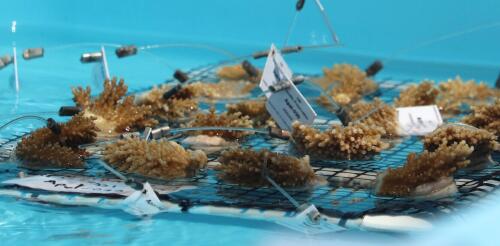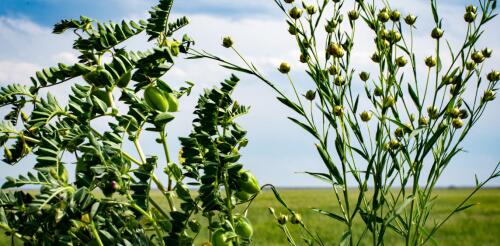Climate change
Leer en español. Southeast Michigan seemed like the perfect “climate haven.” “My family has owned my home since the ‘60s. … Even when my dad was a kid and lived there, no floods, no floods, no floods, no floods. Until [2021],” one southeast Michigan resident told us. That June, a storm dumped more than 6 inches of rain on the region, overloading stormwater systems and flooding homes. That sense of living through unexpected and unprecedented disasters resonates with more Americans each year, we have found in our research into the past, present and future of risk and resilience. An analysis of federal disaster declarations for weather-related events puts more data behind the fears – the average number of disaster declarations has skyrocketed since 2000 to nearly twice that of the preceding 20-year period. A powerful storm system in 2023 flooded communities across Vermont and left large par...
When soaring temperatures, extreme weather and catastrophic wildfires hit the headlines, people start asking for quick fixes to climate change. The U.S. government just announced the first awards from a US$3.5 billion fund for projects that promise to pull carbon dioxide out of the air. Policymakers are also exploring more invasive types of geoengineering − the deliberate, large-scale manipulation of Earth’s natural systems. The underlying problem has been known for decades: Fossil-fuel vehicles and power plants, deforestation and unsustainable agricultural practices have been putting more carbon dioxide into the atmosphere than the Earth’s systems can naturally remove, and that’s heating up the planet. Geoengineering, theoretically, aims to restore that balance, either by removing excess carbon dioxide from the atmosphere or reflecting solar energy away from Earth. But changing Earth’s complex and interconnected climate system may have unintended...
About 10 years ago, a very thick book written by a French economist became a surprising bestseller. It was called “Capital in the 21st Century.” In it, Thomas Piketty traces the history of income and wealth inequality over the past couple of hundred years. The book’s insights struck a chord with people who felt a growing sense of economic inequality but didn’t have the data to back it up. I was one of them. It made me wonder, how much carbon pollution is being generated to create wealth for a small group of extremely rich households? Two kids, 10 years and a Ph.D. later, I finally have some answers. In a new study, colleagues and I investigated U.S. households’ personal responsibility for greenhouse gas emissions from 1990 to 2019. We previously studied emissions tied to consumption – the stuff people buy. This time, we looked at emissions used in generating people’s incomes, including investment income. If you’ve ever thought abo...
Armed with scrub brushes, young scuba divers took to the waters of Florida’s Alligator Reef in late July to try to help corals struggling to survive 2023’s extraordinary marine heat wave. They carefully scraped away harmful algae and predators impinging on staghorn fragments, under the supervision and training of interns from Islamorada Conservation and Restoration Education, or I.CARE. Normally, I.CARE’s volunteer divers would be transplanting corals to waters off the Florida Keys this time of year, as part of a national effort to restore the Florida Reef. But this year, everything is going in reverse. As water temperatures spiked in the Florida Keys, scientists from universities, coral reef restoration groups and government agencies launched a heroic effort to save the corals. Divers have been in the water every day, collecting thousands of corals from ocean nurseries along the Florida Keys reef tract and moving them to cooler water and into giant tanks on la...
Humans have physically reconfigured half of the world’s land to grow just eight staple crops: maize (corn), soy, wheat, rice, cassava, sorghum, sweet potato and potato. They account for the vast majority of calories that people around the world consume. As global population rises, there’s pressure to expand production even further. Many experts argue that further expanding modern industrialized agriculture – which relies heavily on synthetic fertilizer, chemical pesticides and high-yield seeds – isn’t the right way to feed a growing world population. In their view, this approach isn’t sustainable ecologically or economically, and farmers and scientists alike feel trapped within this system. Corn’s evolution into a global commodity shows how industrialized agriculture has transformed farming. How can societies develop a food system that meets their needs and is also more healthy and diverse? It has p...




